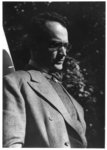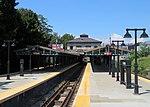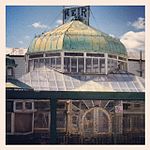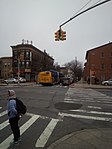Augustus Belknap
1841 births1889 deaths19th-century American businesspeople19th-century American railroad executivesAmerican railway entrepreneurs ... and 13 more
Burials at Green-Wood CemeteryInfobox military person image param needs updatingMilitary personnel from New York (state)Military personnel from New York CityMilitary personnel from San AntonioNew York National Guard personnelPeople from Newburgh, New YorkPeople of New York (state) in the American Civil WarPeople with ulcerative colitisPoliticians from New York CityPoliticians from Newburgh, New YorkPoliticians from San AntonioUnion Army officers

Augustus Belknap Jr. (March 19, 1841 – June 22, 1889) was a civic leader of San Antonio, Civil War veteran, politician, president of the board of the San Antonio and Aransas Pass Railway, founder of the Belknap Rifles military company and the founder of the company that operated the only streetcar system in the city. He was born in Newburgh, New York, as the son of Augustus Belknap, and moved to Texas in 1877. He founded and supported the Belknap Rifles military company, organized on October 14, 1884. It won more drill competitions than any other military company in the United States in its time.
Excerpt from the Wikipedia article Augustus Belknap (License: CC BY-SA 3.0, Authors, Images).Augustus Belknap
Vista Path, New York Brooklyn
Geographical coordinates (GPS) Address Nearby Places Show on map
Geographical coordinates (GPS)
| Latitude | Longitude |
|---|---|
| N 40.6525 ° | E -73.991111111111 ° |
Address
Vista Path
Vista Path
11232 New York, Brooklyn
New York, United States
Open on Google Maps








